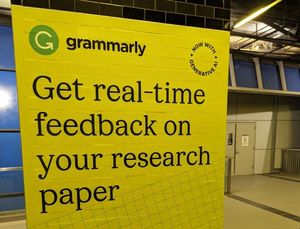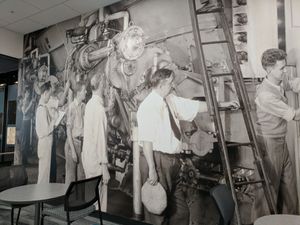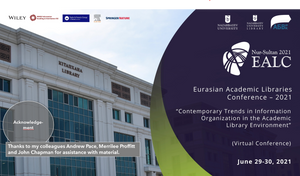
There has been some discussion – less than I expected – about Google’s steps to develop a unified search across its services (blogsearch, booksearch, YouTube, etc) so that blogs, video, books, maps, and so on are returned in results on the main Google site.
This latest refinement sounds simple, but it isn’t. According to the Californian technology powerhouse, it is a result of two years’ work by more than 100 engineers and involved a major revamp of the company’s software platform. [Google takes search to next level | | Guardian Unlimited Business]
This is a major step given the central importance of ranking to Google and the different ranking models that it employs across these individual services.The first signs of the integration are showing up and more stuff will be progressively introduced.
Google’s vision for universal search is to ultimately search across all its content sources, compare and rank all the information in real time, and deliver a single, integrated set of search results that offers users precisely what they are looking for. Beginning today, the company will incorporate information from a variety of previously separate sources – including videos, images, news, maps, books, and websites – into a single set of results. At first, universal search results may be subtle. Over time users will recognize additional types of content integrated into their search results as the company advances toward delivering a truly comprehensive search experience. [Google Press Center: Press Release]
At the same time as these changes are being introduced they have released some experimental features in the Google Labs area. These include displays of results around a timeline and on a map. They also interestingly feature a couple of services which provide additional navigation options based on returned results. These include Left-hand search navigation and Right-hand contextual search navigation.
This is all intriguing. It will be fascinating to see how they handle a major transition which has a significant impact on the core of the Google user experience and how well they deliver on the promise of integration.
We sometimes talk about Google as if it is something fixed: we know what it does and how it works. This is especially so in library discussions where the library experience is compared to the Google experience, as if it were something that was going to continue in its current form. However, look at what they have been doing with Google Booksearch and now look at this big change. We do not know what Google will be like in three years time – it will certainly not be the Google of today.
What I find most interesting about these directions is gradual introduction of additional navigation options. We are used to hearing people talk about the ‘simple search box’ as a goal. But, a simple search box has only been one part of the Google formula. Pagerank has been very important in providing a good user experience, and effective ad placement is important for their revenue model. However, as we move to merged results over a mixed resource base a single ranked list becomes less useful, but also other browse/navigation options become more important. We are seeing Google experiment and narrow by resource type, navigate by related terms, offer related searches, and so on. Basically, they are mining their data to offer a richer ‘texture of suggestion’ than they have in the past. Search may start with the simple search box, but then a variety of directions are opened up based on the results.
We can see this emerge as a pattern. A simple entry point into a richer navigation space. This is emerging in our library catalogs which are moving to think about how to better exploit the structure of the data to create navigable relations (faceted browsing, FRBR, …). In this way, the user follows data paths presented after an initial search rather than having to make complicated choices up front before seeing any results. And this highlights again the need to make our bibliographic data work harder in systems and services.
Related entry:



